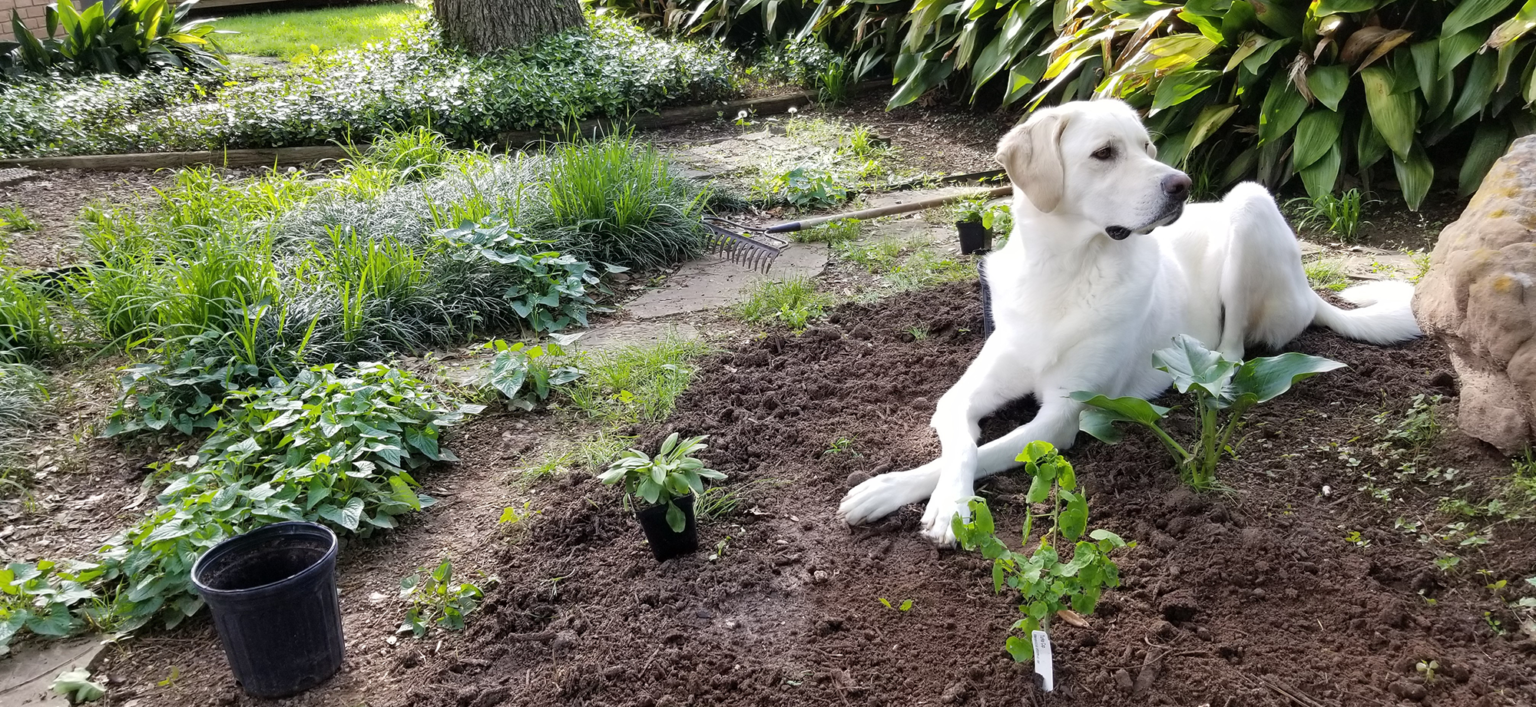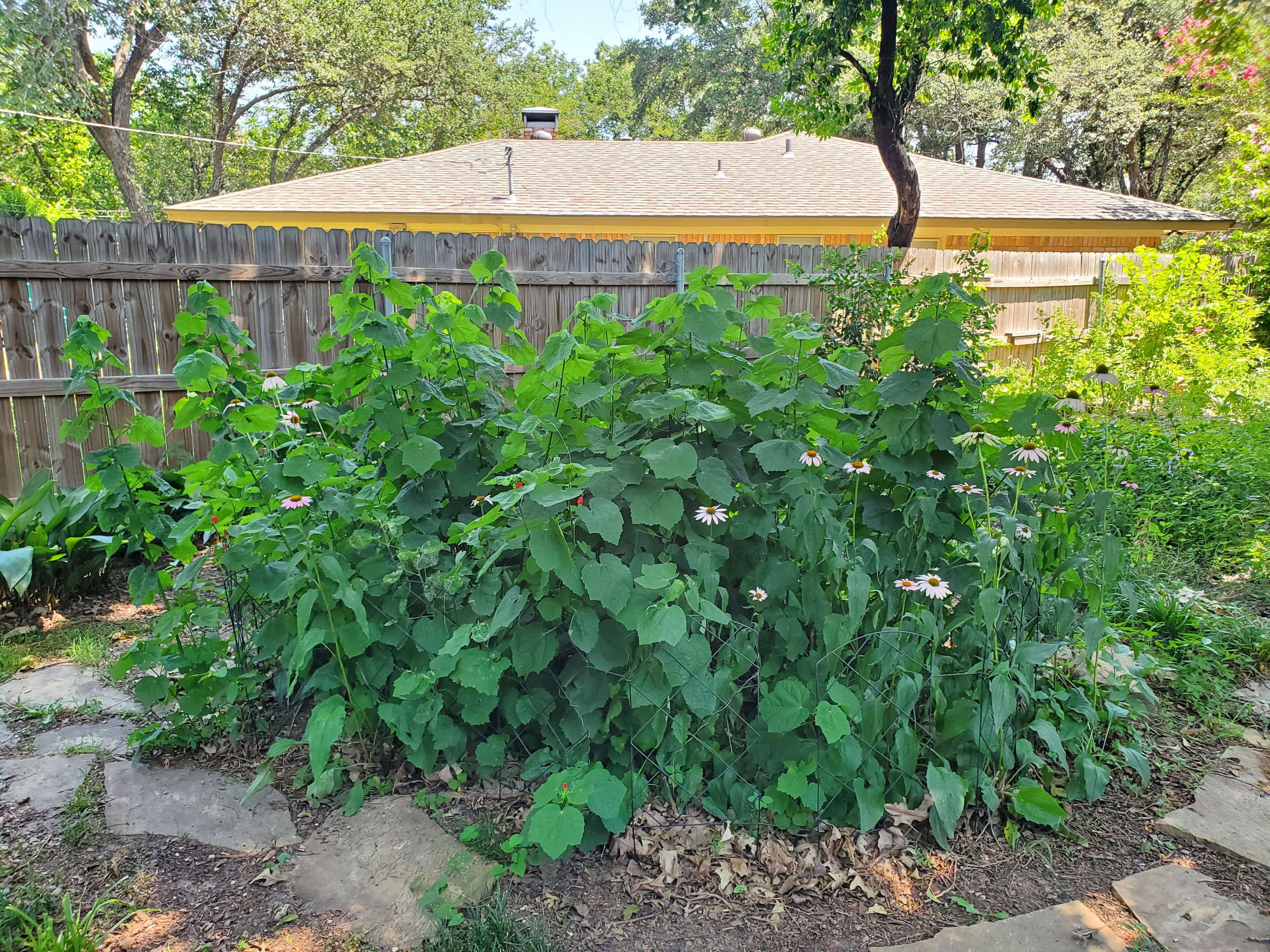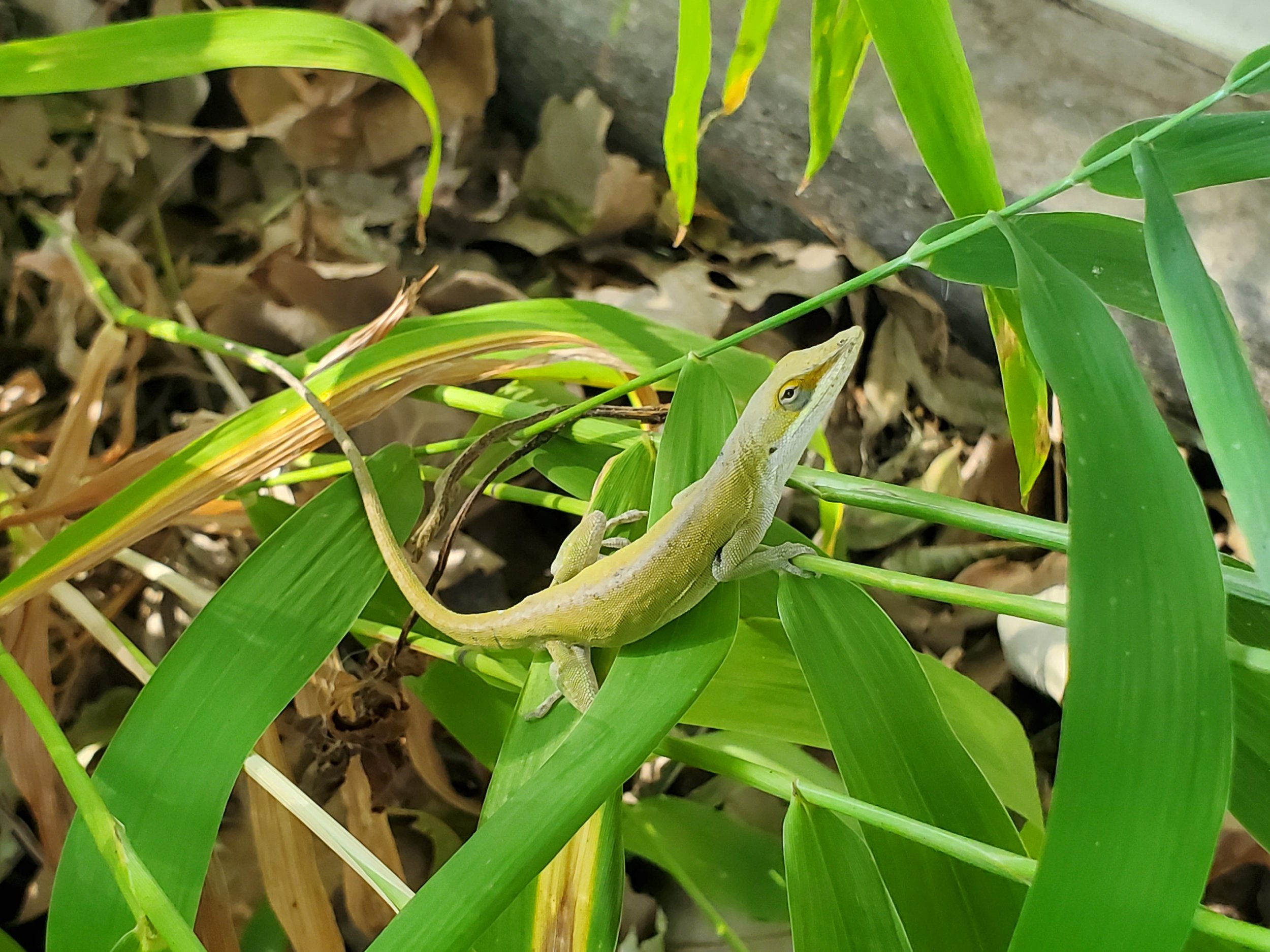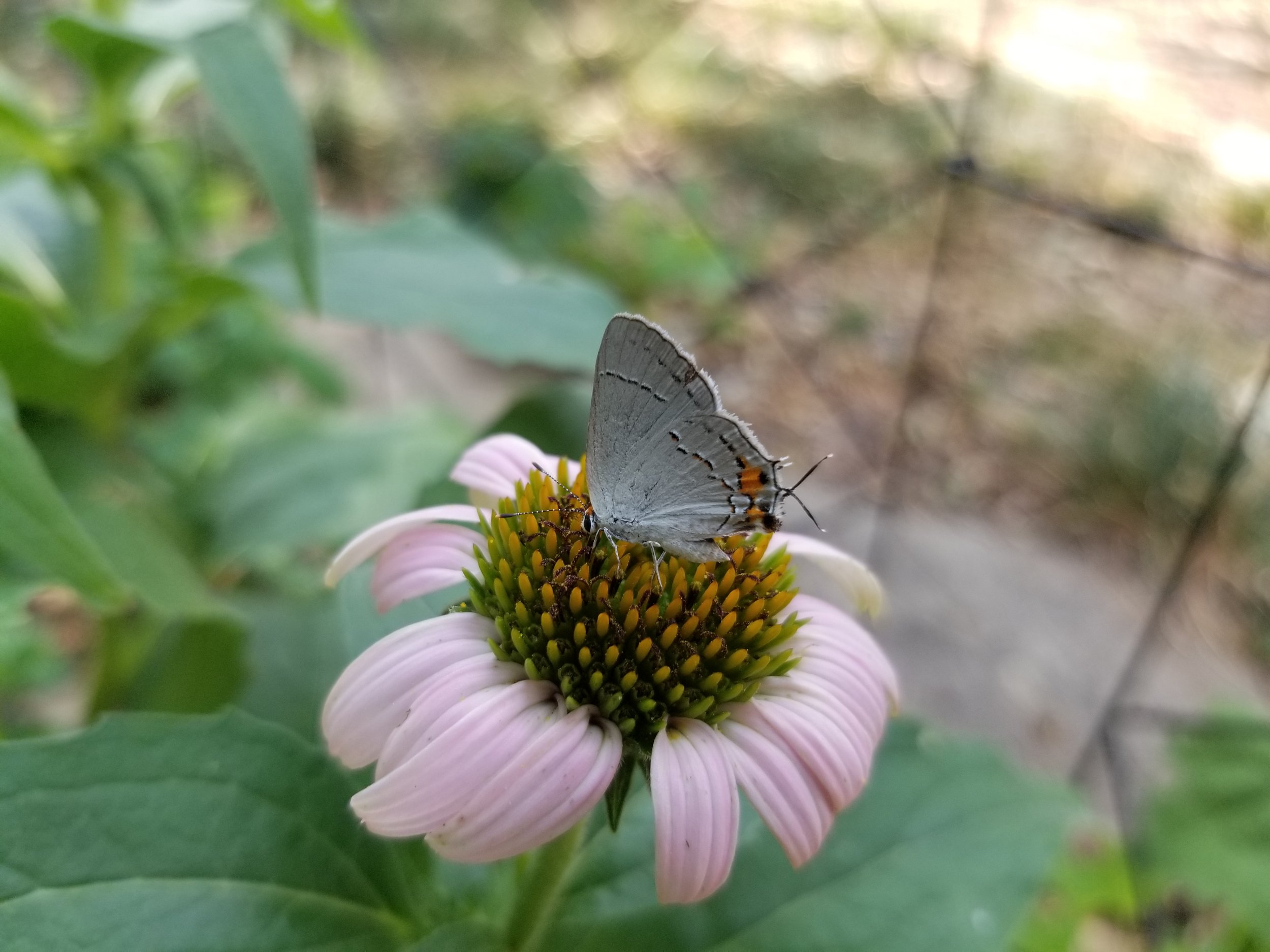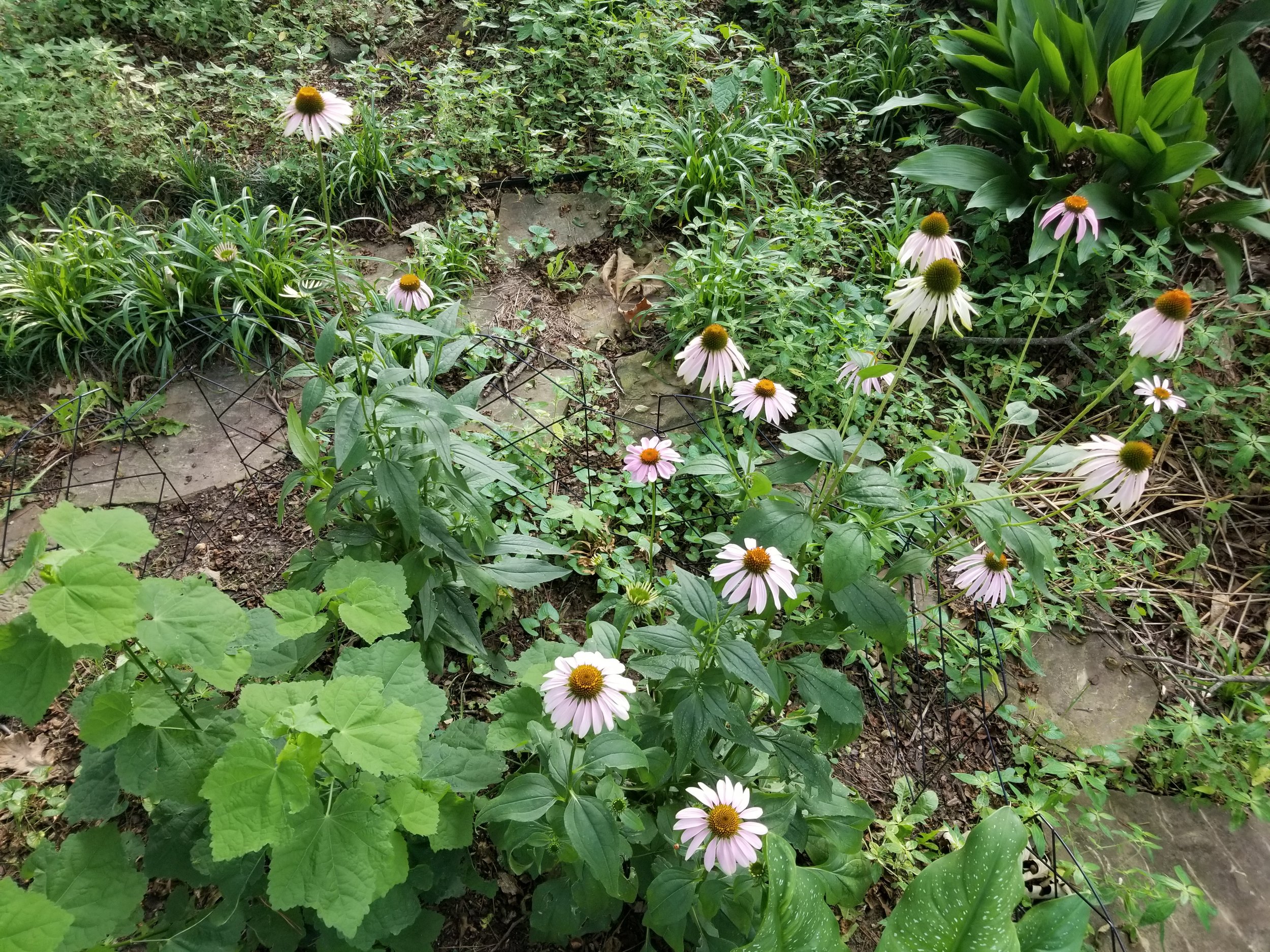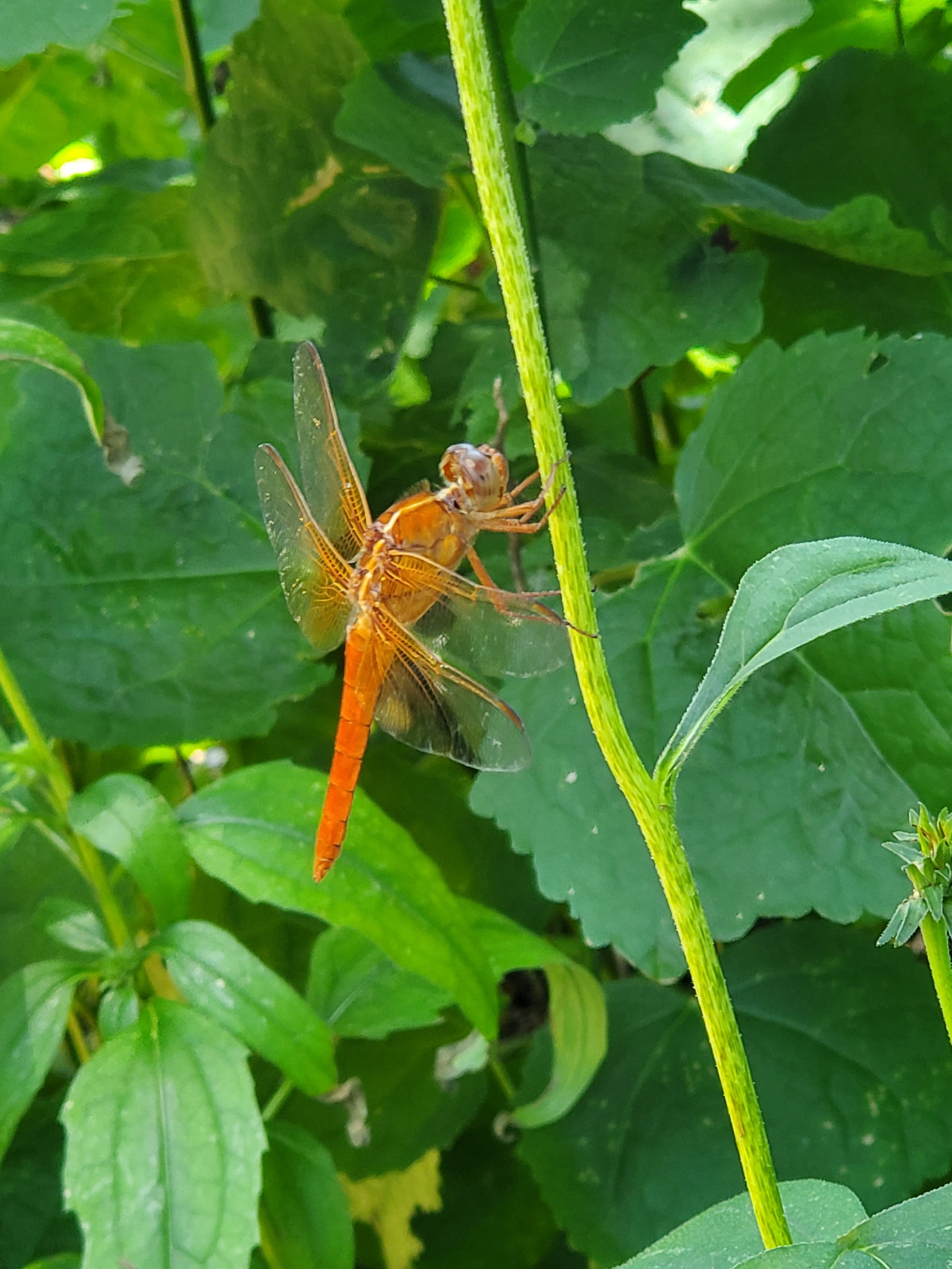Texas Native Plant Week
My dog Odie helping me plant Turk's cap and purple coneflower in April 2020.
Whoop! Another opportunity to celebrate nature!
Did you know that in 2009 the Texas Legislature designated the third week in October as Texas Native Plant Week? It was appointed as such to emphasize the role of native plants in conservation efforts, support efforts to teach school children about native plants, and make the public aware that native-plant species are threatened by loss of habitat and invasive, exotic species. And this celebration seems appropriate in October because fall is the best time of year to start a native plant garden. This year’s Native Plant Week takes place from October 15-21, 2023 and I have put together a short list of ways to honor our Texas native plants:
Identify native (and non-native) plants
I invite you to take a moment to look around at the plants in your neighborhood, in the ditches along the road, and along your favorite trail. Do you know the names of these plants and which families they belong to? By learning more about the plants around us, we can better understand their contribution to the plant community and ecosystem. This time of year, my yard is about to be inundated with enough bur oak acorns to feed the entire population of squirrels in Johnson County. American beautyberry is a notable plant that I enjoy being able to identify when hiking and which is an important food source for birds and other wildlife in the fall. Note: our native plants are critically linked to native wildlife. Our local insects, birds, and small wildlife have evolved alongside native plants. And on the flip side, it is important to recognize intruders, like my arch nemesis – privet. This non-native shrub is invasive and will quickly choke out many of our native Texas trees. So, start learning those plants – purchase a quick guide at the local HEB register or an extensive reference from someone like the Botanical Research Institute of Texas. If you can take a picture of the plant, iNaturalist (online or mobile app) is a great free tool to utilize and share your findings as a citizen scientist.
An up-close look at my mature Turk's cap blooming.
Plant natives
In April 2020, when we were all forced by the extraordinary challenge of a global pandemic to slow down, I planted several natives in my backyard in Cleburne, Texas – inland sea oats, purple coneflower, and Turk’s cap. Because they are native, these plants were easy to establish and did not require much water. Low maintenance is my kind of gardening! By that August, my Turk’s cap had quadrupled in size, and I was overjoyed to find hummingbirds and butterflies feasting on the nectar-rich red blossoms. The inland sea oats also did great in the shaded corners of my yard, where not much else would grow. October is also a great time of year to plant native Texas trees. In the fall, they have time to develop roots in the cool soil before they face the stress of a hot, dry summer. The Lady Bird Johnson Wildflower Center’s online Native Plants Database can help you find potential natives that work best for your area and conditions. Whether your goals are to attract wildlife, provide groundcover for erosion control, or create a beautiful landscape, Texas native plants are the way to go!
Get involved
Engaging in local conservation efforts to protect native plants is a meaningful way to contribute to environmental sustainability and biodiversity preservation. Texas Land Conservancy protects over 153,000 acres (as of October 2023) of land across the state that are home to countless native plants (and plenty of non-natives as well). We have many opportunities to get you out on the land to see what we are protecting with guided hikes, volunteer workdays, and other special events. Check out our events page to see what’s coming up in your area. Your involvement is needed now more than ever, so we thank you for your continued support!
Click below if you are not yet a TLC member, or need to renew.

